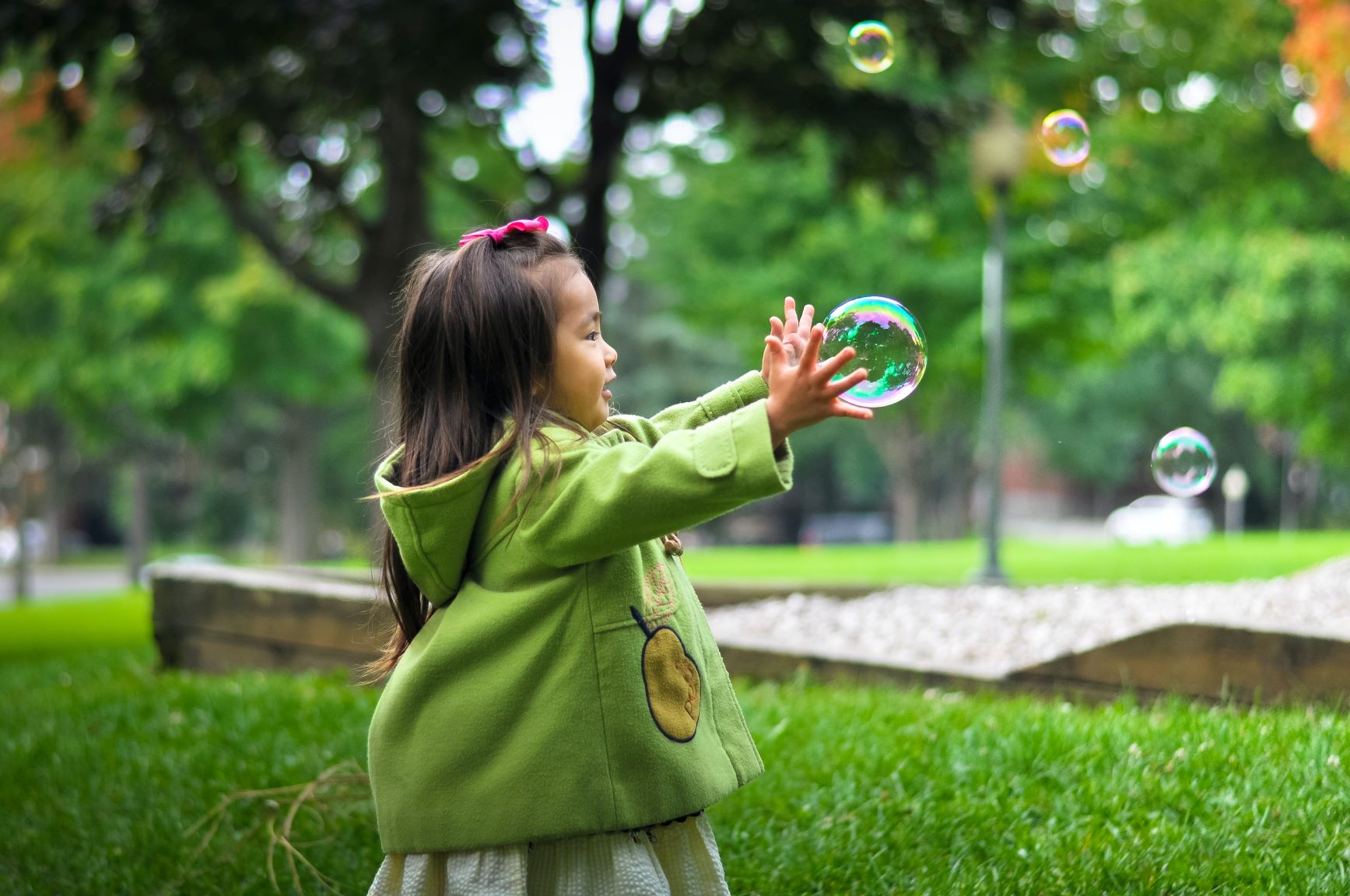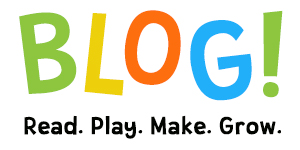There are lots of articles about all the many things you ought to be doing to raise a smart, successful, independent, empathetic, basically perfect human being. This is not one of those articles! I’m happy to tell you that raising a reader is not an intimidating challenge, and you are already doing it better than you think. In fact, I bet you’re crushing it! Here are the five activities that prepare a child to learn to read in the first five years of their life.
1. Read
Research shows that reading even to babies is beneficial for their brain development. But reading to babies, and especially to walking toddlers, can be very difficult. Some children take to books like cats to cream; while others… not so much! It doesn’t mean you should be worried, or that you should force a child to read when they would rather toddle around or play with a ball. Here are some other ways to share “reading”:
- Keep board books available along with toys as a part of play time.
- Let your child flip through the pages, even if it’s too fast for you to read the words. They are learning how a book “works,” which is important, too!
- Point and identify ANY words or images, even outside of books. You are teaching your child that pictures mean something, which is the basic building block of reading.
- Pick up a book - one from your shelf, or even one of your child’s - and quietly read in front of your young child, even for a few minutes. Demonstrate that it’s a valuable part of your life.
- Come to one of our story times! We will share fun and new-to-you books, as well as songs and rhymes that you can do at home.
2. Talk
The more sounds and words your child hears, the better equipped she is to start pulling from that bank of phonemes when she starts learning how reading works. You’re also giving your little one the chance to practice the oh-so-important back-and-forth rhythms of conversation, even if they are just babbling with you, like in the video below. Sometimes it can be exhausting to think of things to talk about with your baby or toddler - try narrating whatever you’re doing. For instance, driving, cooking, cleaning, playing.
3. Play
Play is physical, mental, emotional, and social. It’s practice for all of life, including reading. Playing with small objects develops fine motor skills needed for holding books, turning pages, and writing letters. Playing with anything enhances critical thinking - think about cause & effect (block towers knocked down!), object permanence (peek-a-boo!), and problem solving (puzzles!) - all of which will become more abstract as reading comprehension and narrative skills develop. Playing in an imaginative way increases a child’s understanding of emotions (playing “bad guy” and seeing the consequences on someone else) and narrative structures (First, this happens, then….). There’s SO MUCH benefit to play, and thankfully kids need no encouragement from us to do it. But adult facilitation can add much to play, even just the bonding that naturally happens through enjoyable shared experiences.
 |
Photo by Leo Rivas on Unsplash
4. Sing
Any kind of music can be beneficial to a baby’s development, but singing is in particular a valuable pre-literacy activity because it slows down our speech. Pairing a note with a sound and a beat gives little brains more time to process phonemes. (Sing “Mary Had a Little Lamb” in your head, and you’ll notice how each syllable gets its own separate note.) Babies don’t care if you’re tone-deaf, so sing with abandon. (Though if you just can’t stand the sound of your voice, try saying the lyrics on beat.) Songs often have the added benefit of rhyming, which gives little brains more opportunities to hear and connect similar sounds.
5. Write
Don’t panic: your 2-year-old should not be writing their name yet! Writing as a pre-literacy activity just means preparing your child for the eventual fine-motor skills that will be required to grasp a pencil and create recognizable letters on a page. It really means strengthening little finger muscles! Here’s what “writing” might look like:
- Grasping or sorting small objects
- Fingerplay rhymes & games
- Baby sign language
- Playing with or using crayons, markers, glue sticks, chalk, etc.
- Tracing lines or letters
|
|
In all likelihood, you recognize at least a few of these activities in your daily life with a very young child. Pat yourself on the back - you are doing it! You are raising a reader!
 Youth Services Librarian Allison
Youth Services Librarian Allison



